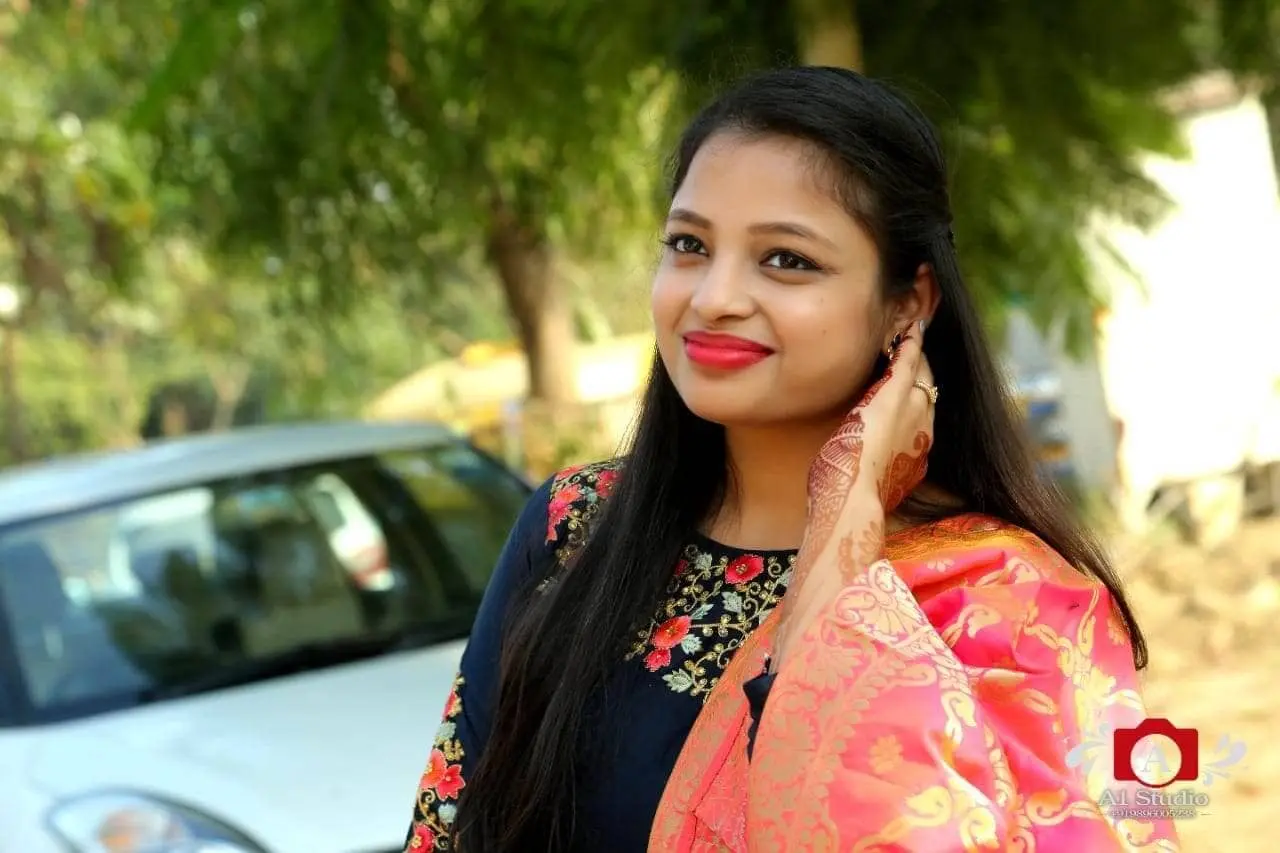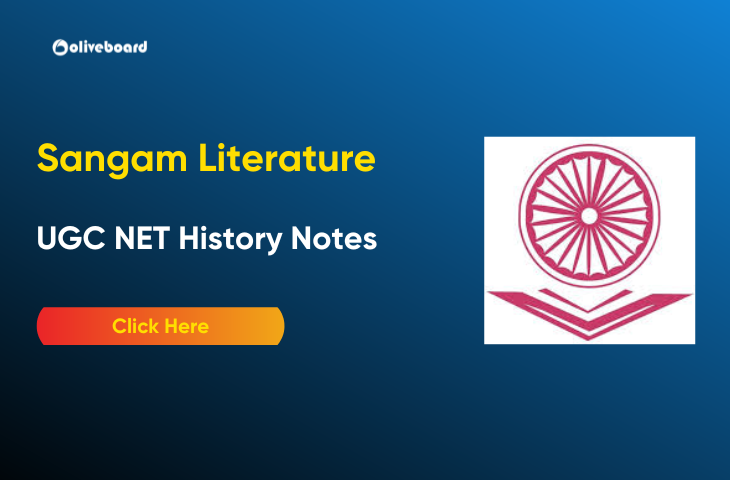Sangam Literature, a cornerstone of ancient Tamil history, is vital for UGC NET History preparation. Composed between 300 BCE and 300 CE, these classical Tamil texts offer insights into the political, social, economic, and cultural life of the Sangam Age. Created in scholarly assemblies, the literature is categorized into Agam (love) and Puram (war and politics) themes, highlighting the Chera, Chola, and Pandya kingdoms. For UGC NET, it’s essential to grasp its historical significance, themes, and regional impact, making it a key topic under Sangam Age Tamil texts and Cultural significance of Sangam Literature in ancient India.
Origin of Sangam Literature
What is Sangam?
- The word “Sangam” originates from the Tamil term “Sangam” meaning academy or assembly.
- It refers to gatherings of Tamil poets and scholars who composed and compiled these literary works.
Historical Timeline (300 BCE – 300 CE)
- Sangam Literature was composed during the Sangam Age, spanning approximately 600 years.
- It is divided into three Sangam periods:
- First Sangam: Considered mythical, with no surviving texts.
- Second Sangam: Partially mythical; few fragments or mentions exist.
- Third Sangam: Historical, producing extant works like Ettuthogai and Pathuppattu.
Mythical and Historical Perspectives on Sangam Assemblies
- The Sangam assemblies are linked to divine origins, with gods like Lord Shiva and Murugan believed to have attended.
- The first two Sangams were said to be held in submerged lands like Kumari Kandam, symbolizing the Tamil civilization’s antiquity.
- The third Sangam, held in Madurai, is considered historical, with texts showcasing real political, social, and economic life.
- Patronized by the Pandya kings, these assemblies are central to the literary and cultural development of Tamil Nadu.
Click Here for UGC NET History Syllabus 2024
Classification of Sangam Literature
1. Agam (Love and Personal Life Themes)
Agam refers to the inner world, focusing on love, emotions, and personal life.
Key Features of Agam
- It describes human relationships, especially romantic love and its different stages.
- Themes: Separation (pirivu), Union (inbam), Waiting (iruthal), and Elopement (kalavu).
- It uses metaphors from nature to convey emotions (e.g., landscapes symbolize moods: kurinji for mountains, marutham for farmland).
- Style: Poems are lyrical and emotive, showcasing subtle expressions of feelings.
- Examples: Akananuru and Narrinai.
2. Puram (War, Politics, and Public Life Themes)
Puram represents the outer world, dealing with public life, heroism, and social matters.
Key Features of Puram
- It focuses on war, valor, kingly virtues, and the praise of rulers.
- It highlights the duties of kings, warriors, and the societal structure.
- Style: Narrative and descriptive, often written in praise or lamentation.
- Examples: Purananuru and Pathitrupathu.
Major Works of Sangam Literature
1. Ettuthogai (Eight Anthologies)
It is a core collection of eight anthologies providing insights into Sangam society. It reflects the diversity of Tamil society, from personal to political spheres.
Key Texts and Themes of Ettuthogai
- Akananuru and Kurunthogai: Focus on love and inner emotions (Agam themes).
- Purananuru and Pathitrupathu: Highlight heroism, war, and patronage (Puram themes).
- Kalithogai and Aingurunuru: Blend emotions with literary excellence.
- Paripadal and Narrinai: Explore devotion, nature, and personal emotions.
2. Pathuppattu (Ten Idylls)
It is a set of ten long-form poems focusing on kingship, heroism, and divine devotion.
Key Works of Pathuppattu
- Tirumurugarruppadai: Devotion to Lord Murugan.
- Porunaratruppadai: Guide for bards seeking royal patronage.
- Perumpanarruppadai: Celebrates the generosity of Chera kings.
- Mullaippattu and Maduraikkanci reflect socio-economic and cultural themes.
3. Tolkappiyam (Tamil Grammar Treatise)
Tolkappiyam is the oldest surviving Tamil text, foundational for Tamil grammar and Sangam poetry.
Features of Tolkappiyam
- Phonetics, morphology, and syntax of Tamil language.
- Discussion of tinai (landscapes) and their emotional and cultural symbolism.
- Rules for poetic composition and societal norms.
Historical and Cultural Insights from Sangam Literature
1. Political Systems
Political system during the Sangam Age can be understood under three dynatsties: Cheras, Cholas, and Pandyas
Cheras:
- Cheras controlled the western Tamil Nadu and Kerala regions.
- It was known for trade relations with the Romans and their expertise in spice trade.
- Capital: Karur
- Emblem: Bow
Cholas:
- Cholas ruled the fertile Kaveri delta region, known as the “rice bowl of Tamil Nadu.”
- It focused on maritime trade and naval power.
- Capital: Uraiyur
- Emblem: Tiger
Pandyas:
- Dominated southern Tamil Nadu with Madurai as their capital.
- Famous for patronizing the Sangam assemblies and literature.
- Emblem: Fish
2. Social Structures and Practices
As per the Sangam literature, the social structure of the society was as under:
- Caste and Occupation: Society was divided into occupational groups such as farmers, traders, and artisans.
- Women’s Role: Women were poets (e.g., Avvaiyar) and played significant roles in family and society.
- Marriage and Love: Themes of love (Agam) and societal norms depicted in Sangam texts.
- Education and Arts: Literary assemblies and patronage promoted poetry, music, and dance.
3. Economy: Agriculture, Trade, and Commerce
- Agriculture:
- Mainstay of the economy with crops like rice, sugarcane, and millets.
- Irrigation techniques mentioned in texts like Maduraikkanci.
- Trade:
- Extensive internal and external trade with the Roman Empire, Southeast Asia, and Sri Lanka.
- Ports like Puhar (Cholamandalam) and Muziris (Chera kingdom) were significant trade hubs.
- Commerce:
- Barter system and coin usage (Roman gold coins) evident in the Sangam economy.
- Items traded: Spices, pearls, textiles, and precious stones.
4. Religion and Spiritual Practices
- Nature Worship: Reverence for natural elements like mountains (Kurunji), rivers, and forests.
- Deities:
- Worship of deities such as Murugan, Shiva, and Vishnu was prevalent.
- Murugan, considered the Tamil god, held a prominent place in Sangam culture.
- Spiritual Beliefs:
- Concepts of virtue (Aram), wealth (Porul), and pleasure (Inbam) emphasized in Sangam works.
- Brahmanical Influence: Presence of Vedic rituals and Sanskritic traditions in later Sangam texts.
Sangam Literature Conclusion
Sangam Literature serves as a vital source for understanding the political, social, economic, and cultural life of ancient Tamil Nadu. Its rich texts, like the Ettuthogai, Pathuppattu, and Tolkappiyam, provide invaluable insights into the Chera, Chola, and Pandya kingdoms, highlighting their governance, trade, and religious practices. For UGC NET History aspirants, mastering topics such as Historical insights from Sangam Literature for UGC NET, Cultural significance of Sangam Age texts, and Economic aspects of Sangam Literature is essential for acing questions related to early South Indian history. By studying Sangam Literature, candidates can grasp the depth of India’s regional histories, enhancing their exam preparation.
UGC NET History MCQ on Sangam Literature
Q1. Which of the following statements about Sangam Literature is/are correct?
- The Ettuthogai consists of eight anthologies that focus primarily on themes of love and war.
- The Pathuppattu consists of ten idylls, many of which praise the kings of the Chera, Chola, and Pandya kingdoms.
- Tolkappiyam is a Tamil grammar treatise that also outlines the poetic and linguistic structure of Tamil literature.
- The Sangam poets were mainly focused on Vedic rituals and Brahmanical practices.
Options:
A) Only 1 and 2 are correct.
B) Only 2 and 3 are correct.
C) 1, 2, and 3 are correct.
D) 1, 2, 3, and 4 are correct.
Answer: C) 1, 2, and 3 are correct.
Q2. Match the following Sangam texts with their respective characteristics.
| Text | Description |
| 1. Akananuru | A) A treatise on Tamil grammar and poetics. |
| 2. Purananuru | B) A collection of 400 poems on love and emotions. |
| 3. Tolkappiyam | C) A collection of 400 poems on heroism, valor, and public life. |
| 4. Pathuppattu | D) A set of ten poems focused on kingship and devotion, praising Tamil rulers. |
Options:
A) 1 – B, 2 – C, 3 – A, 4 – D
B) 1 – C, 2 – B, 3 – D, 4 – A
C) 1 – B, 2 – D, 3 – A, 4 – C
D) 1 – D, 2 – C, 3 – B, 4 – A
Answer: A) 1 – B, 2 – C, 3 – A, 4 – D

Hello there! I’m a dedicated Government Job aspirant turned passionate writer & content marketer. My blogs are a one-stop destination for accurate and comprehensive information on exams like Regulatory Bodies, Banking, SSC, State PSCs, and more. I’m on a mission to provide you with all the details you need, conveniently in one place. When I’m not writing and marketing, you’ll find me happily experimenting in the kitchen, cooking up delightful treats. Join me on this journey of knowledge and flavors!
